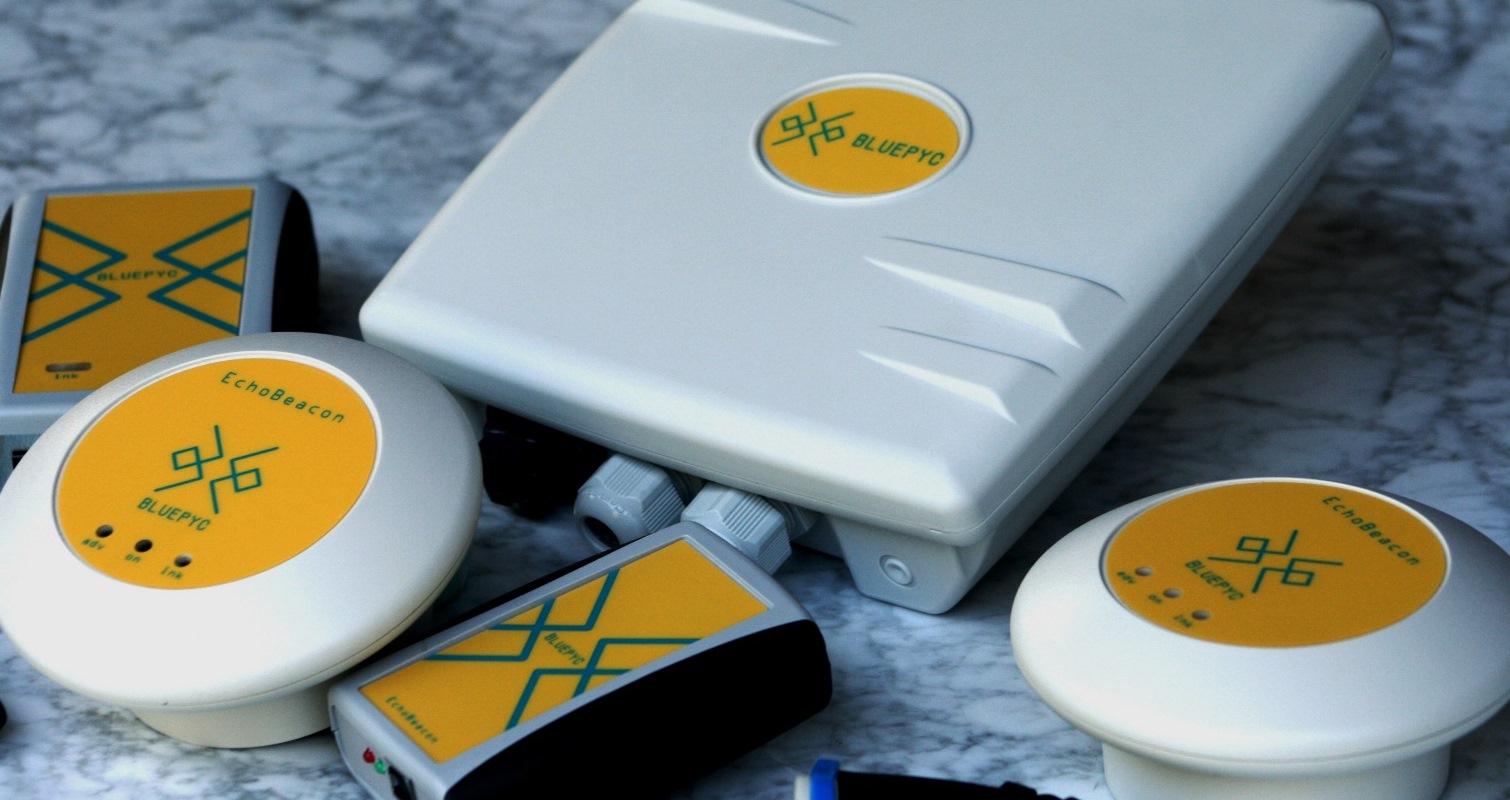The use of the BLE in an unconventional way is due to a wise knowledge of RFID Technology advantages (active and passive) and excluding economic and technical limits from the two technologies: the BLE beacon can be detected at a higher distance compared to RFID passive Tags, and in addition it works with an open worldwide standard (Active RFID instead uses a proprietary protocol).
BluEpyc devices are the ideal response as active RFID alternative thanks to lower realization prices, in addition to the higher typical flexibility of BLE, which allows, for example, to set the ping rate and power for data transmission.
Using BLE technology in an untraditional way opens several and new application frontiers: anytime the automatic identification, items tracing and localization and people monitoring is needed – and linked to the automatic service supplying -, our unconventional BLE is the ideal technology tool.
Below a significant list of the most dynamic application scenarios of BLE, according to our experience and to the audience expectations:
Home Automation & Building Management

A location-based service identifies each person, providing automatically his/her preferred custom services, depending on the position (hospitality, industrial etc.).
By linking a beacon to every person, everytime the custom data are detected from a BLE receiver (i.e. Gateway), the beacon presence can be notified and a service supply enabled.

With a BLE beacon installed in car/associated to a person, is possible to obtain a free-hands automatic access to monitored and controlled area.
As every beacon can send a specific custom data, the access to some area can be allowed only to a sub-group of people/cars and get all the information related (access and exit time, in which area every beacon was present, etc.)

(e.g. in hospital, construction site): allow people to enter in specific areas, monitoring of medical equipment can be obtained with BLE devices.
The automatic monitoring of workers IPD (Individual Protection Devices) is a success story of unconventional BLE we’ve experienced: by linking every IPD to a BLE Beacon we can check in real time if the worker (equipped with a small BluEpyc BLE EchoBeacon) is wearing it or not; the EchoBeacon retransmits these information to a far BluEpyc BLE Gateway, which can generate alerts in case of the receiver notifies the absence of any IPD.

in the Industry sector the need to know all the information related to the production process (production time, warehouse status, goods delivery, etc.) is always more required, as it helps obtain statistic data used to improve the whole process, cutting costs and saving time(key-goals of an efficient factory).
The BLE Technology is used in this sector, linking every asset/item to a BLE beacon and checking in any moment its position and status and also to monitor in real-time facilities availability.
Another plus of this technology is the standard it’s based on, making so the creation of an IoT system easier and quicker.
No matter if it’s a factory, an office or an hospital, each location has its own assets, which need to be traced and monitored: their localization and inventory with BLE (Tag Beacon fixed on item and BluEpyc BLE EchoBeacon or Gateway in the environment) automatically capture this important data, saving so time and money!

transportation, ticketing, waste management, citizen services, car-parking: in the urban scenario many are the uses for BLE technology. For example with beacons and BLE App installed in smartphones, in a car park provided with some BLE receivers, is possible to notify the own presence and pay automatically; in public transportation, a passengers can notify its ticket payment to a BLE receiver installed in train/bus via BLE advertising from its phone which works as beacon.

museum, exhibition, concert, village & resort, amusement park, retail, etc., providing services to enhance the customer/visitor experience.
Thanks to their usual small dimensions in fact, beacons can be spread around in the surrounding environment, sending information related to the painting/sculpture in the museum, or a discount for a particular good exposed.
Visitors with their phones acting as BLE receiver can detect this data and get all the information they may need.
Location-based services give an augmented hospitality for customers and guests, as well as a significant energy saving when the user is not present in the monitored area.


